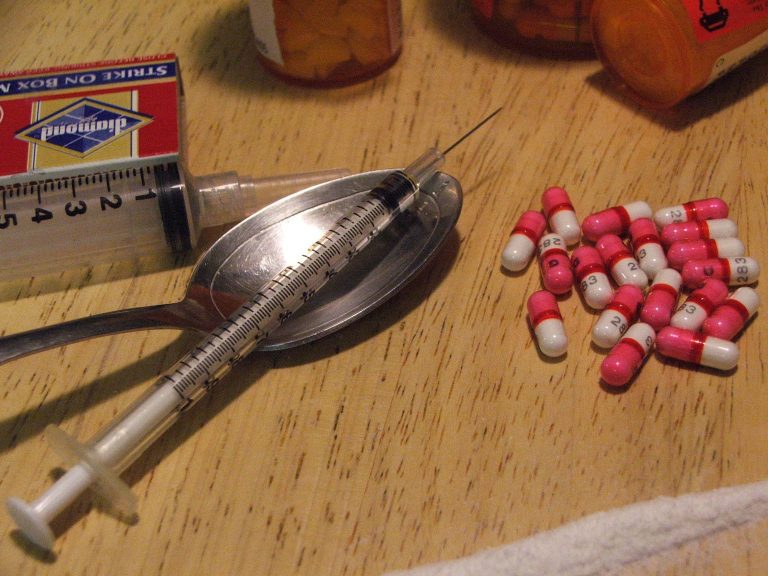UCT Derivatizing Reagent cited in Forensic Anthropology Study
In a recent study, authored by Susan Luong et al., (Forensic Science International ((2018), 285 93-104)) UCT’s derivatizing reagent O-Bis(trimethylsilytrifluoroacetamide) containing 1% trimethylchlorosilane (BSTFA (1% TMCS)) was employed to assist with the gas chromatographic-mass spectrometric (GC-MS) analysis of a cadaveric break down product. In this research, a human cadaver was placed on the surface of a designated plot at the Australian Facility for Taphonomic Experimental Research (AFTER), the only human decomposition facility in Australia. The natural process of decomposition was allowed to progress over fourteen days during the summer.
Sediment columns (approximately 1 meter deep) were collected at lateral distances of 0.25, 0.5, 1.0 and 2.5 meters in each of four directions from the center of the torso. Plot elevation and weather data were also collected. Each sediment column was subdivided, dried and homogenized. A sample was isolated from each sediment subdivision, extracted, filtered and spiked with cholesterol-D7 internal standard. After derivatization with UCT BSTFA (1%TCMS), cholesterol and internal standard derivatives were monitored in the samples using selected ion monitoring (SIM-GC-MS).
A positive result for decomposition products was given if the cholesterol abundance in the test sample was higher than that detected in the ‘control’ samples of a similar substrate type collected prior to cadaver placement. Within the confines of the experimental design and the measured parameters, lateral leaching was observed over distances of up to 2.5 meters from the center of the torso, which was the maximum distance tested in the study. Vertical leaching was detected to depths of up to 49 cm below the ground surface. Such data can aid the development of policies related to plot sizing and sediment renewal and regeneration at other human decomposition facilities and at cemeteries. The density and distribution of cholesterol surrounding the cadaver in this study can also assist forensic investigators when interpreting cases involving remains that have been moved or scavenged.
The use of UCT’s consumables and laboratory reagents can expand upon the discipline of forensic toxicology and into the realm of forensic anthropology as well. For more information about UCT’s derivatizing reagents please click here.





